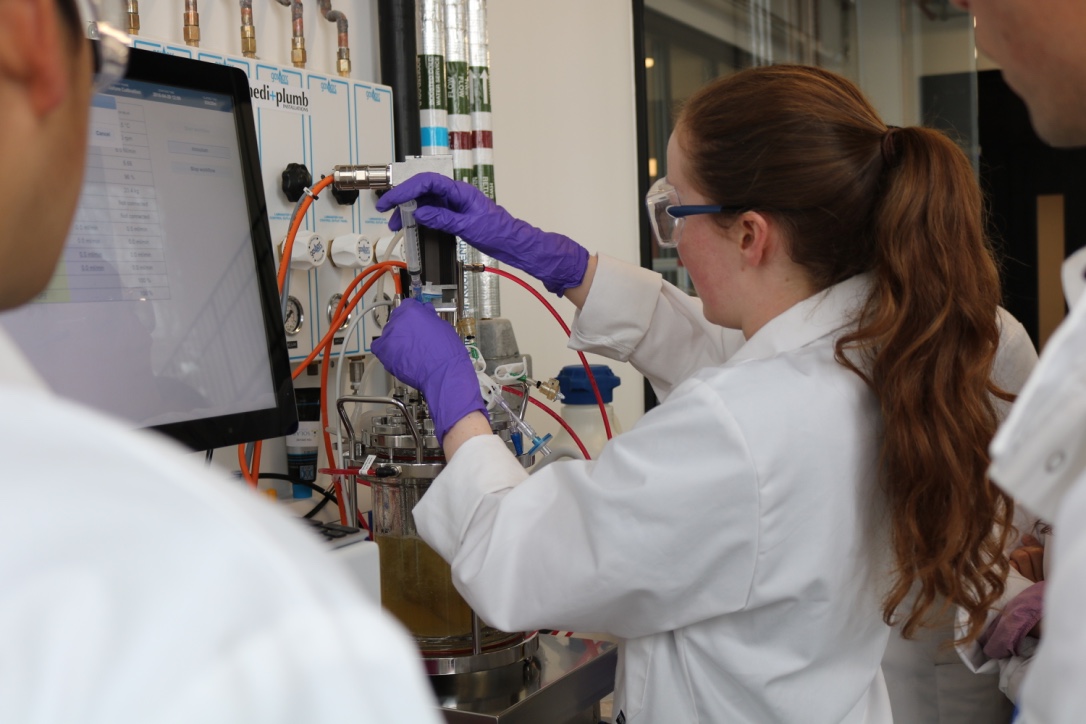
What goes in? What goes out?
The results section is where you present what you got from your experiment. It has very clear requirements. In this step, we’ll explain the information you should include in this section and the information that is better presented elsewhere.
What goes in?
You should report the results of your experiment, both in terms of raw and processed data (which we will look at on the next step). You can also report on errors in the work, but only so that you can account for the features and scatter that will be present in the results.
The best results (indeed the best reports) tell a clear story. When you have all your data, you should think about how you are going to group, organise and display your results in a logical order. This may not be the order that you obtained them in. For example, it might be best to organise sets of tests in order of ascending magnitude, or to group them in terms of geometry with magnitude varying with each set.
Including reams of very similar data will also make your results section tedious to the reader. It is often best to include a few example results and some summary tables or figures and put the rest into appendices. We’ll look at appendices in more detail in lesson 6.
The results section contains more than just the bare results. It also puts them into context and helps the reader to interpret them. The writing around the figures and tables serves to introduce what they are and what conditions you obtained them under, as well as guiding the reader to understand the features in your results. It is best to include at least one sentence under the final table or figure to describe it. You will want to use phrases such as:
- “It can be seen that…”
- “There is a linear relationship between…”
- “The trend is unclear at this point…”
- “When the results are non-dimensionalised, the curves collapse to show a single trend…”
What goes out?
The Discussion section of the report is there to put the results into context and describe their limitations. It is the only part of the report where you can use conjecture. Your writing in the Results section should not describe what the results mean. So if you are using phrases such as:
- “This could be due to…”
- “This supports the view of previous researchers…”
- “This uncertainty might arise for the following reasons….”
- “All of the sets of results indicate…”
…it is best to put this information into the Discussion instead.
It is often acceptable, particularly in short reports, to combine the Results and Discussion into a single section.